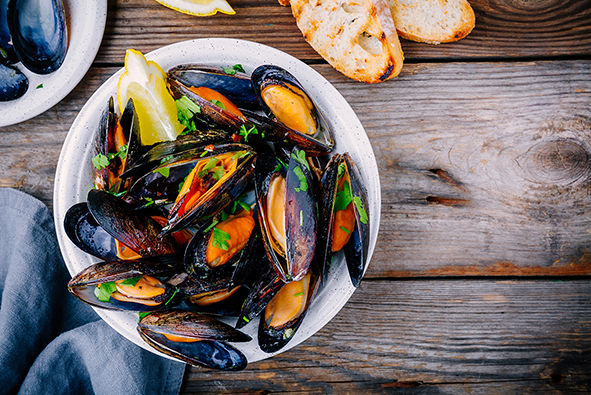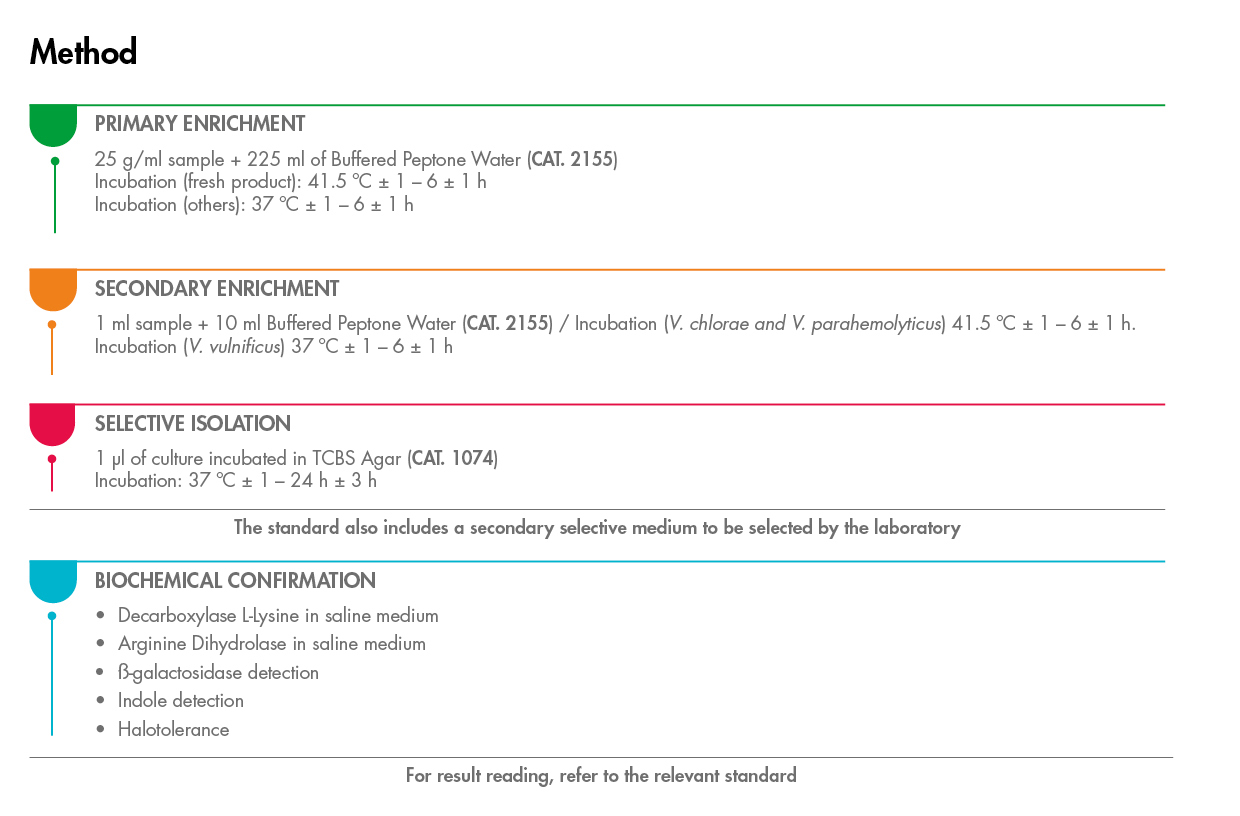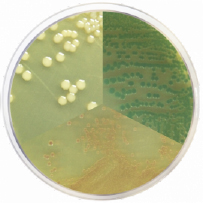Published: 24/03/21 12:26 Categories: Microbiology
Although it is hard to believe, the climate crisis poses a significant increase in the risk of food safety since some microorganisms may thrive under these new conditions.
For example, a few decades ago, vibriosis was an endemic disease in certain regions. However, driven by climate change, it has spread to other countries, causing new outbreaks. The reason for this is a rise in the temperature of oceans, which facilitates the reproduction of species of the Vibrio spp. genus.
Vibrio spp. and shellfish
The fishing industry is the most affected by these bacteria, whose natural environment is usually both fresh and salt waters, preferring slightly saline and warm conditions.

These pathogens are usually found in shellfish, as they concentrate and multiply in the gut of molluscs, such as oysters, clams, and mussels. However, there is also a risk of infection due to exposure to contaminated waters, so the importance of this issue is both environmental and clinical.
The most common pathogenic species are V. cholerae, V. parahaemolyticus, V. alginolyticus, and V. vulnificus. Vibrios are commonly classified into cholerae and non-cholerae. This distinction is important as it determines the origin of the infection, which is usually different.
The clinical condition of infections caused by Vibrio spp. usually includes gastroenteritis and, to a lesser extent, sepsis. However, depending on the species that cause the infection, other symptoms may occur. The CDC estimates that these Gram-negative bacilli infect 80,000 people annually, and almost 70% of cases are foodborne infections.
How is Vibrio detected?
Recently, the standardized method for the detection of Vibrio spp., including the pathogen V. vulnificus, has been reviewed. This method includes the use of media with a high pH, which benefit from the capacity of this microorganism to grow rapidly under these conditions:

As usual, in ISO methods, a second selective medium is required for isolation. For this purpose, we recommend our CondaChrome® Vibrio to achieve a preliminary result and easy identification of the different species that would grow in specific colors:

- Colorless: V. alginolyticus
- Bluish green: V. parahemolyticus
- Pink: V. cholerae, V. vulnificus

 PCR: The Technique Revolutionizing Rapid Detection in the Food Industry
PCR: The Technique Revolutionizing Rapid Detection in the Food Industry
 How Culture Media Ensure the Safety, Efficacy, and Quality of Medicines
How Culture Media Ensure the Safety, Efficacy, and Quality of Medicines
 Meeting us at MEDLAB MIDDLE EAST 2025
Meeting us at MEDLAB MIDDLE EAST 2025
 Pseudomonas aeruginosa: The emerging challenge in water management
Pseudomonas aeruginosa: The emerging challenge in water management
 Can alternative methods be used in pharmaceutical microbiology testing?
Can alternative methods be used in pharmaceutical microbiology testing?